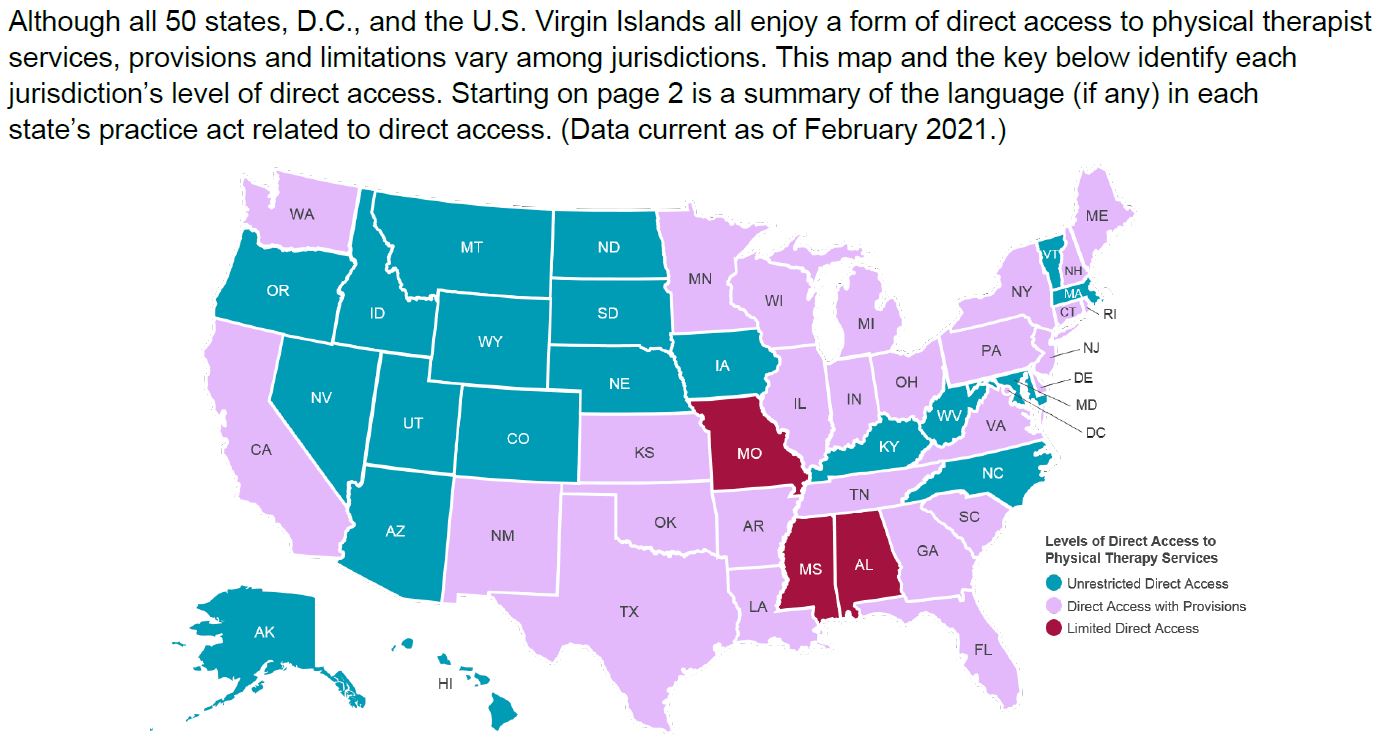by Matthew Maestas, PT, MPT
Doesn’t everyone want to get flexible? The term is everywhere. When you hear about the latest exercise craze one of the first thing that is always being sold is flexibility. Some of the more traditional and “old school” workouts such as Yoga tout about the benefits of flexibility. It can also be seen with the newer routines in the P90X workout where flexibility is referred to as “the fountain of youth.” Of course it would be short sighted to say that the aforementioned workouts are only about flexibility, but they make no qualms about the importance of it.
Of course flexibility is important. Can you imagine watching a gymnast on television where the athlete did not have the required flexibility to perform a backbend kick over? Or can you picture a baseball pitcher without the necessary external rotation in their shoulder for a full windup on their fastball? The case has already been made for appropriate and adequate flexibility, but with the musculoskeletal injury rates as they are for athletes1 it can be asked what the appropriate level of flexibility should be.
However, the question should be asked: Can you be too flexible? This has been studied for runners. It has been shown that running economy for long distance runners is improved with decreased flexibility at the ankle and hip joint. The stored elastic energy in the calf/Achilles helps to decrease metabolic cost for propulsion that can then be used for trunk and hip stability.2 A recent study found decreased hip external rotation and decreased dorsiflexion leading to improved running economy.2
Although not yet studied empirically, it has also been suggested that gymnasts can be too flexible. For example, a gymnast with hypermobility of the spine with too much flexibility can easily perform the backbend kick over with little effort, but without the required stiffness of the tendons and musculature the move can become very passive and not have the dynamic explosiveness that would be required from a back handspring. Author and gymnastics coach Darius Obrebski suggested that too flexible of a spine would lead to a decrease in speed and jump height as well as make transitioning moves such as a high somersault more difficult.3
As physical therapists we are trained and known for the rehabilitative process. What may not be known is the training physical therapists have in assessing the movement of an individual to PREVENT and DECREASE injuries from occurring in the first place. As physical therapists we are movement specialists that are highly trained in assessing movements of an individual for any biomechanical abnormalities that may lead to a decrease in efficiency in moving.
If you are interested in scheduling with a skilled and trained physical therapist for flexibility and stability assessment, please contact BreakThrough Physical Therapy or reputable facility close to you.
Matthew Maestas, PT, MPT has been practicing physical therapy in Sunnyvale since 2O13 working with patients with orthopedic conditions of all ages. He enjoys a variety of outdoor activities including hiking, camping and bicycling. He has a particular interest in human movement and approaches it from a scientific and biomechanical perspective.
Bibliography:
- Hootman JM, Dick R, Agel J. Epidemiology of collegiate injuries for 15 sports: summary and recommendations for injury prevention initiatives. J Athl Train. 2007;42(2):311-9.
- Craib MW, Mitchell VA, Fields KB, Cooper TR, Hopewell R, Morgan DW. The association between flexibility and running economy in sub-elite male distance runners. Med Sci Sports Exerc. 1996;28(6):737-43.
- Acrobatic Tumbling: from rolls to handsprings and somersaults, Darius Obrebski,, Stadion Publishing, 2006



